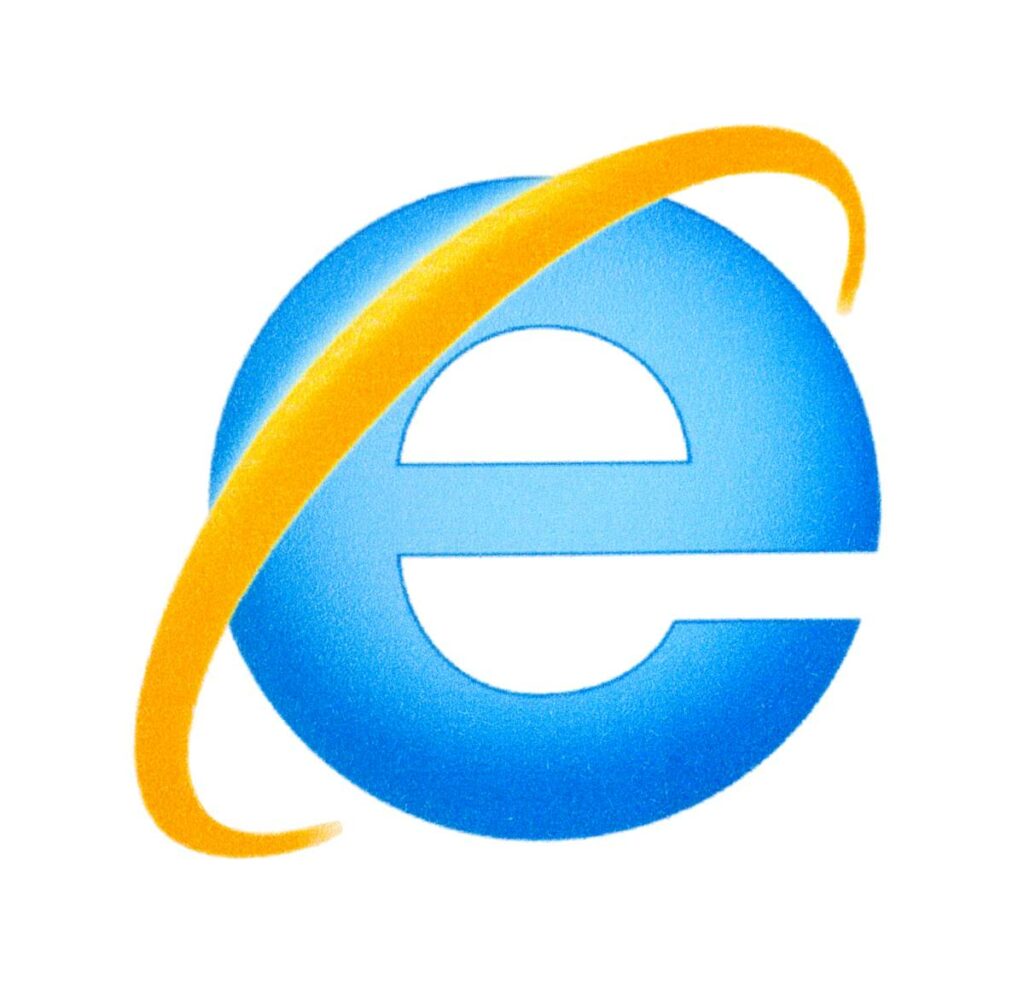- +352 444 222
- Monday-Friday 12:00-18:00
- 20, avenue Marie-Thérèse, 2132 Luxembourg


The art market is punctuated by auctions that can reach records, as witnessed by “Salvator Mundi”, a work attributed to Leonardo da Vinci, sold in 2017 for the modest sum of $450 million. This is the most expensive painting in the world.
Aside from these record-breaking, headline-grabbing auctions, Artprice1)French Internet art market listing and online art sales company has estimated that global proceeds from art sales in 2018 totaled $15.5 billion2)https://fr.artprice.com/artprice-reports/le-marche-de-lart-en-2018/bilan-general/, last consultation January 25, 2020. In 2005, the revenue generated by their sale was estimated at 4.2 billion dollars, representing an increase of over 265% in just over a decade.
The question we’re asking today is a legitimate one: isn’t the exponential growth in the price of works of art linked to the need for market players to launder money?
Tax expert Virginie HEEM and expert David G. HOTTE have spoken out on the subject, asserting that “money laundering and tax fraud operations are commonplace and can result in a sudden and sometimes unexplained rise in market prices”.3)Virginie HEEM and David G. HOTTE, The fight against money laundering, L.G.D.J, 12/2004.
The art of money laundering is not for everyone. However, there are countless techniques available in this field. For example, we can imagine the following situation: an accomplice decides to put a painting up for auction and the criminal acquires it. The auctioneer must therefore hand over the money to the accomplice. The criminal then returns the work to the accomplice, collects the money and pays a commission.
Another technique used by criminals is the purchase of works of art via offshore companies, in order to conceal the beneficial owner.
The speculative nature of the art market makes it easy to conceal money-laundering operations. As prices can fluctuate, how can you detect collusion between buyers and sellers? Not to mention the fact that the works in question pass through several countries, all the elements are in place for such criminal financial schemes.
Although money-laundering cases involving this market are uncommon, they are still highly publicized. One example is the case of Helly NAHMAD, a New York art dealer. He had been charged, along with some thirty accomplices, with illegal betting, conspiracy and money laundering in connection with the Russian mafia. In 2014, he was sentenced to a year and a day in prison by the New York courts4)https://www.letemps.ch/culture/helly-nahmad-dessous-glauques-commerce-lart, article modified December 16, 2014 after the release of Helly NAHMAD, last accessed January 25, 2020.
The opacity of the art market, which has been portrayed as highly conducive to money laundering5)A statement supported by Peter D. HARDY, a former U.S. prosecutor, who asserts that “Works of art are very interesting vehicles for money laundering”, International Monetary Fund, Finance and Development, September 2019, pages 30 to 34 (https://www.imf.org/external/pubs/ft/fandd/fre/2019/09/pdf/the-art-of-money-laundering-and-washing-illicit-cash-mashberg.pdflast consultation January 25, 2020)and the volatility of its prices, raised questions about the need for regulation.
So, in the wake of the implementation of the 5th European anti-money laundering directive, which had to be transposed into national law by January 10, 2020 at the latest, the situation has changed. Is the art market now locked into a more restrictive legislative straitjacket?
The 5th Directive stipulates that any person who negotiates or acts as an intermediary in an artistic transaction, where the value of the latter exceeds €10,000, is subject to risk-based assessment obligations.
It is necessary to establish the identity of customers prior to any transaction and to obtain supporting documents. The professional concerned must exercise increased diligence, and assess the risk involved in the transaction. The ultimate beneficial owner of the transaction must also be identified.6)Directive (EU) 2018/843 of the European Parliament and of the Council of May 30, 2018 amending Directive (EU) 2015/849 on the prevention of the use of the financial system for the purpose of money laundering or terrorist financing and Directives 2009/138/EC and 2013/36/EU.
In France, it’s the law of May 15, 20017)Law n°2001-420 of May 15, 2001, relative to new economic regulations. Article L561-2 of the French Monetary and Financial Code stipulates that persons who habitually trade in antiques and works of art are subject to the AML/CFT provisions. which required art dealers to comply with the AML/CFT provisions. They are therefore subject to the obligation to report suspicions. The lack of a control and sanction authority meant that such liability remained ineffective for a long time.
However, art professionals seem reluctant to adopt such behavior. Would this be tantamount to hindering the anonymity that prevails in this business? According to Bruno DALLES, head of Bercy’s anti-money laundering unit, the number of suspicious transaction reports for money laundering remains low8)https://www.lexpress.fr/actualite/societe/justice/le-marche-de-l-art-est-retif-a-la-lutte-anti-blanchiment_2050785.html, last consultation January 25, 2020. According to TRACFIN, 51 declarations were made in 2016, and 67 in 20179)Lettre d’actualité aux professionnels de la lutte contre le blanchiment d’argent et le financement du terrorisme, TRACFIN, n°16 de juin 2018. These results probably reflect a lack of involvement on the part of art professionals in the fight against money laundering.
The question is, will the 5th Directive be able to overcome this lack of cooperation on the part of art professionals?
Last but not least, this is a constantly evolving market. In 2015, the responsible art market<fn was created.>http://responsibleartmarket.org/, last consultation January 25, 2020{[(|fnote_end|)]}.
This is a cross-industry initiative created in Geneva, with the aim of strengthening compliance practices and raising market players’ awareness of the risks involved. In addition, the CAFA (Court of arbitration for Art)10)https://www.cafa.world/, last consulted January 25, 2020 will offer art market players a faster alternative to conventional litigation.
[+]
| ↑1 | French Internet art market listing and online art sales company |
|---|---|
| ↑2 | https://fr.artprice.com/artprice-reports/le-marche-de-lart-en-2018/bilan-general/, last consultation January 25, 2020 |
| ↑3 | Virginie HEEM and David G. HOTTE, The fight against money laundering, L.G.D.J, 12/2004 |
| ↑4 | https://www.letemps.ch/culture/helly-nahmad-dessous-glauques-commerce-lart, article modified December 16, 2014 after the release of Helly NAHMAD, last accessed January 25, 2020 |
| ↑5 | A statement supported by Peter D. HARDY, a former U.S. prosecutor, who asserts that “Works of art are very interesting vehicles for money laundering”, International Monetary Fund, Finance and Development, September 2019, pages 30 to 34 (https://www.imf.org/external/pubs/ft/fandd/fre/2019/09/pdf/the-art-of-money-laundering-and-washing-illicit-cash-mashberg.pdflast consultation January 25, 2020) |
| ↑6 | Directive (EU) 2018/843 of the European Parliament and of the Council of May 30, 2018 amending Directive (EU) 2015/849 on the prevention of the use of the financial system for the purpose of money laundering or terrorist financing and Directives 2009/138/EC and 2013/36/EU |
| ↑7 | Law n°2001-420 of May 15, 2001, relative to new economic regulations. Article L561-2 of the French Monetary and Financial Code stipulates that persons who habitually trade in antiques and works of art are subject to the AML/CFT provisions. |
| ↑8 | https://www.lexpress.fr/actualite/societe/justice/le-marche-de-l-art-est-retif-a-la-lutte-anti-blanchiment_2050785.html, last consultation January 25, 2020 |
| ↑9 | Lettre d’actualité aux professionnels de la lutte contre le blanchiment d’argent et le financement du terrorisme, TRACFIN, n°16 de juin 2018 |
| ↑10 | https://www.cafa.world/, last consulted January 25, 2020 |
Dear users, on 15/06/2022 Internet Explorer will be retiring. To avoid any malfunctioning, we invite you to install another browser, such as Google Chrome, by clicking here, or the one of your choice.
Please check this before contacting us in the event of a problem.
